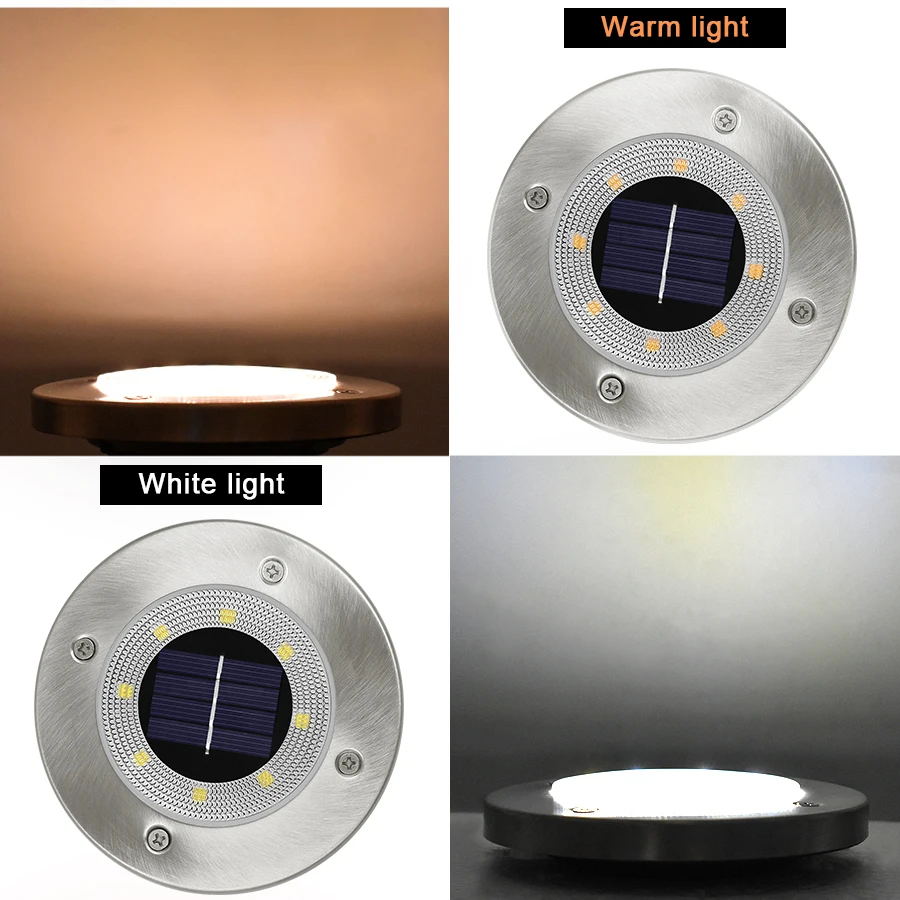
Pearson collects name, contact information and other information specified on the entry form for the contest or drawing to conduct the contest or drawing. Occasionally, we may sponsor a contest or drawing. Pearson collects information requested in the survey questions and uses the information to evaluate, support, maintain and improve products, services or sites, develop new products and services, conduct educational research and for other purposes specified in the survey. Pearson may offer opportunities to provide feedback or participate in surveys, including surveys evaluating Pearson products, services or sites. We use this information to complete transactions, fulfill orders, communicate with individuals placing orders or visiting the online store, and for related purposes. Online Storeįor orders and purchases placed through our online store on this site, we collect order details, name, institution name and address (if applicable), email address, phone number, shipping and billing addresses, credit/debit card information, shipping options and any instructions. We use this information to address the inquiry and respond to the question. To conduct business and deliver products and services, Pearson collects and uses personal information in several ways in connection with this site, including: Questions and Inquiriesįor inquiries and questions, we collect the inquiry or question, together with name, contact details (email address, phone number and mailing address) and any other additional information voluntarily submitted to us through a Contact Us form or an email. Please note that other Pearson websites and online products and services have their own separate privacy policies. This privacy notice provides an overview of our commitment to privacy and describes how we collect, protect, use and share personal information collected through this site. Pearson Education, Inc., 221 River Street, Hoboken, New Jersey 07030, (Pearson) presents this site to provide information about products and services that can be purchased through this site. Allows you to choose the color scheme for the transparency grid.

Allows you to select a transparency grid size. Select the Transparency Settings options you want to use:.Click the Edit (Win) or Photoshop (Mac) menu, point to Preferences, and then click Transparency & Gamut.Out-of-Gamut areas of the image will display with the color and opacity chosen in preferences. To activate the gamut warning option, open a document, click the View menu, and then click Gamut Warning. For transparency it’s important to remember that unless you’re printing the document directly in Photoshop, it’s the format you choose that determines if the transparent areas will be saved, and the Gamut Warning is there to warn you of any areas that may not print the way you expect. Using a different ink or spot colors can sometimes fix an out-of-gamut color. In addition, the Gamut Warning may be activated because a monitor displays color information using RGB, and has more available saturation values than a CMYK document.

When you save the file, Photoshop will fill the transparent areas of the image with a matte color (the default is white).

For example, the JPEG format does not support transparency. It’s important to understand that transparency in Photoshop does not always translate into transparency after you save the file. Transparency & Gamut preferences control how Photoshop displays transparent areas of a document (commonly called the checkerboard), as well as the color and opacity of areas of an image that fall outside of the CMYK (Cyan, Magenta, Yellow, and Black) color mode. Learn More Buy Controlling Transparency & Gamut Preferences


 0 kommentar(er)
0 kommentar(er)
